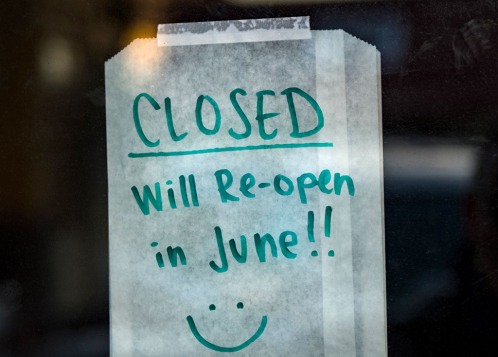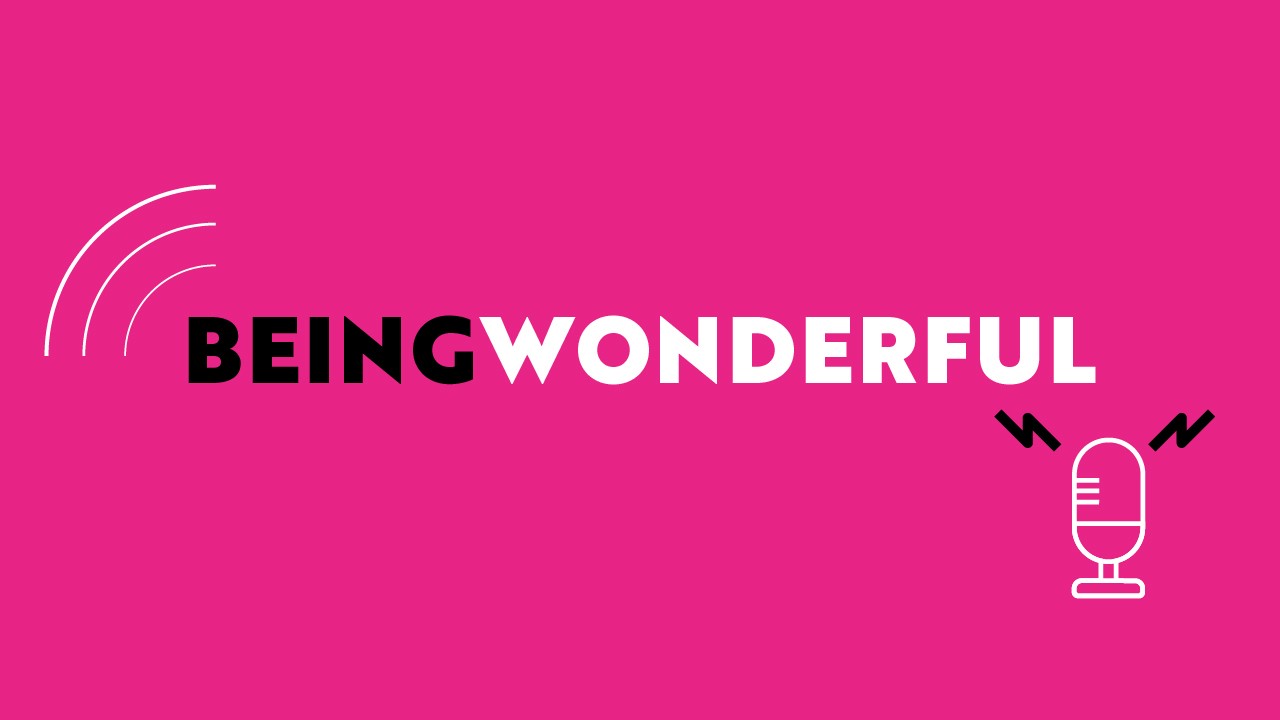
The creative industries have persevered through a difficult lockdown and the future is already looking positive. This article discusses the sector’s opportunities that remain as we settle into the new normal post-lockdown.
The end of furlough on the 30th September probably had a different significance within the culture, creative and arts sectors than others. Just four months into the lockdown, supplementary action was needed to prop up these struggling sectors. Then came the £1.57bn support package for ‘Britain’s world-class culture, arts and heritage institutions’ which proved critical for many organisations, even though some were sure to miss out.
Missing out has unfortunately been a constant theme for the wider creative industries during the pandemic. This applied to newly self-employed people, people for whom freelancing contributed to less than half of their pre-pandemic income, and other harsh exclusions which self-employed persons may have faced when applying to the government’s Self Employment Income Support Scheme, whose restrictions were largely non-existent for their counterparts on furlough. This point is further punctuated on the fact that a third of the sector’s workers are self-employed.
For most, the economic loss experienced by the culture, creative and arts sectors doesn’t need to be quantified: many missed trips to cinemas, theatres, museums, or live shows more than help to substantiate this loss. Before the lockdown the creative industries were growing at four times the rate of the wider economy, whereas six months after its swift inception, 55,000 jobs in music, performing and visual arts had been lost, along with 12% more than the normal rate of creative workers under the age of 25 having left the sector post-lockdown. These facts amplify the disquietude surrounding the decision to cut funding for university arts courses, which is “designed to target taxpayers’ money towards the subjects which support the skills this country needs to build back better” as said by a Department of Education representative.

Despite this, there is little doubt in the capacity for the Arts to lead the recovery in the UK economy. Naturally, such positivity is welcomed but it should not neglect the obstacles faced by its sub-sectors during the pandemic.
Professor Andrew Thompson, co-chair of Boundless Creativity – a project exploring and demonstrating the role of innovation, collaboration and participation in shaping cultural experiences in the pandemic – mentions how digital experiences did not translate well into the performing arts leaving museums, music, and performing and visual arts isolated during the pandemic as a result of the fall in footfall and present audiences. This has been true but it presents an aspirational opportunity when thinking about the future of the performing arts. He also noted, “many of those to whom we spoke expect virtual reality and reality to evolve alongside each other, with performance to live audiences integrated with streaming to global ones”.
Esports and Twitch, the 2021 Sundance Film Festival, and Fortnite’s collaboration with Travis Scott all captured the forward-thinking possibilities of the creative industries during the pandemic. One thing they all have in common: the re-imagination of the digital space – esports competitions boasted creative forms of in-game advertising and snazzy virtual productions, the Sundance Film Festival was set in a space station and powered by impressive applications of virtual reality technology, while Travis Scott ‘held’ a concert in a video game. Another quality these digitised experiences flaunt: great accessibility. Here, these examples either used the digital space to expand their usual audience by removing any geographical barriers, or to reach a new audience by innovating their format, or both.
These examples remain outliers even now. Big budgets and access to vast pools of technological talent are resources that most organisations in music and performing arts don’t possess. The key limitation is that some areas of the creative industries do not have an established, accessible, and digital alternative for sharing their art, which led to a great loss for the duration of the lockdown. Even though you could view an art exhibition in a gallery on the other side of the world and watch a live music performance on Instagram, these didn’t compare to the immersive, live experiences that we are accustomed to. This lack of immersive, digital experiences was a limitation for both audiences and institutions in the culture, creative and arts sectors. And consequently, led to a vacuum of demand as there was no service to provide, creating an empty schedule for many freelancers across the creative industries who were ultimately most impacted by this loss.
Patreon opened its doors to thousands of creators across the globe with the closing down of regular society in 2020. The membership platform flourished as a space for creative people to be directly supported by their audience for their work. And this conveyance was no coincidence. Jack Conte, the founder of Patreon, himself is a musician who struggled financially even though he had a large, reliable YouTube audience; and seven years later, the financial pressures from the lockdown helped to further unite this community of creators.
The spirit in which Patreon was created emulates how the creative industries should evolve. Technology and experimenting with new methods to overcome existing obstacles presents the possibility for sharing the performing arts in newer ways, to a larger audience, and with newer forms of engagement.
But how would smaller art organisations practically use newer forms of digital technology to share their work? The first step would be training. For music venues as an example, this could mean expanding the skills of lighting staff to be transferable to the digital experience. Also, the chosen digital medium will need to be widely accessible. The viability of a digital experience will lie in its ability to reach a large audience, and possibly, an audience larger than the usual live audience through the absence of all venue restrictions. Lastly, it may be necessary to employ more freelancers or employees. In the end, a digital experience of the performing arts will need to be imaginative and effective in eliciting affective responses similar to those in live performances, and this requires talent – set designers, performers, graphic designers etc. But in the spirit of the founder of Patreon, good creative work comes at a cost and this should and would be paid for.
Professor Andrew Thompson’s report recommended ‘that in the forthcoming Autumn review an equivalent effort be made in the domain of R&D for creative technology as is made for other digital spheres.’ This means facilitating schemes to integrate technology with the creative field, including education. In reflecting on the aforementioned move by the government to fund other university courses at the expense of the arts, we support a refreshed perspective, which reconsiders the “priorities that have emerged in the light of the coronavirus pandemic” as remarked by Gavin Williamson, to integrate technology into arts courses and not view them in a siloed fashion. This is because people in the creative industries are more likely to have the best ideas on how technology can advance their services, with Patreon as a prime example. Within our agency, we work to equip organisations for the future by weaving creativity and digital technology into the framework of all projects. So for us, we instinctively support the creative uses of digital technology as a key part of the industry’s future.
Latest posts

5 reasons why we still need Wonder in an AI driven world
As an agency, we are grappling with the role and application of AI within our daily business activities, our client offering, and our future growth

The Power of Purpose and Impact on Business Growth
In a marketplace increasingly driven by values and social consciousness, the role of purpose and impact in business growth has never been more critical.

Three key benefits of integrating a sense of Wonder within your brand & marketing strategies
We love creating Wonder. It’s our passion and forms our client mission. However, in an age where your customers and clients are bombarded with constant information and countless choices, capturing attention and building lasting connections has become increasingly challenging. We all have to work harder to capture people’s attention.